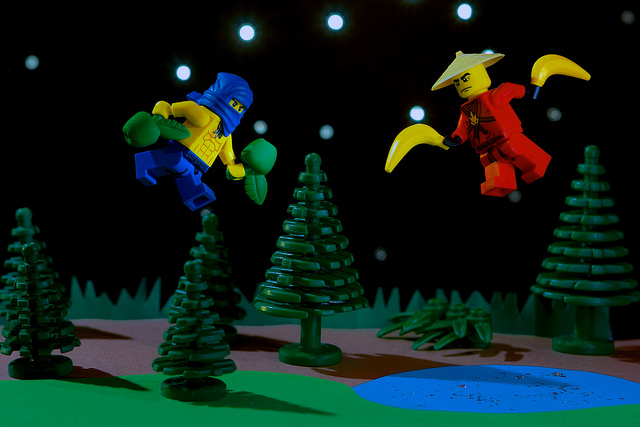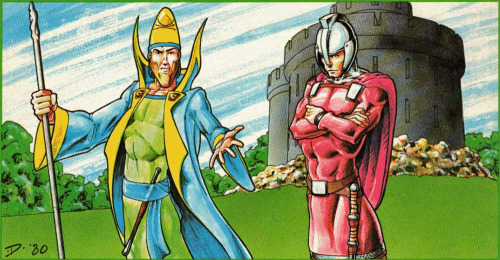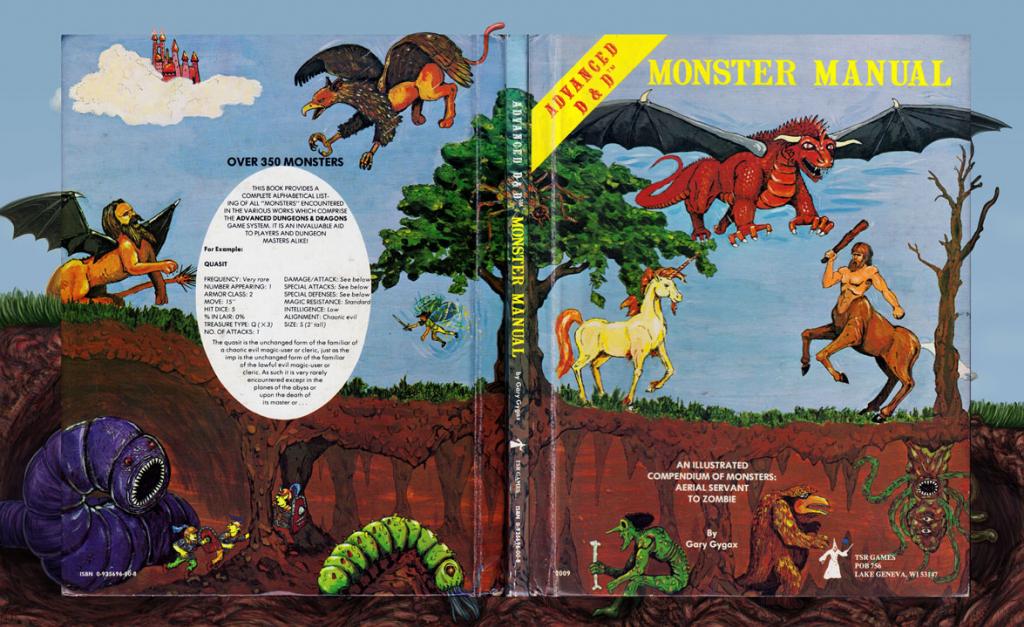Seriously, don’t do it!

Well, OK, you can read this particular post. But I’m getting at a much larger issue, which is: for whic readers is MadCleric.com, this blog, intended?
And my answer begins with a story…
Last Sunday, I got the kind of text I love to receive. An old friend with whom I never gamed asking the question, “What do I need to get so me and my friends can learn D&D?” And instantly, I was faced with a conundrum:
Do I direct him to AD&D 1e or to the shiny new 5th edition?
And with a weight of guilt upon my shoulders, I texted back, “You should definitely get the 5th edition Starter Set.” And I hung my head in defeat. How could this be?! I’m the Mad Cleric! The defender and proponent of AD&D 1e against detractors everywhere! I’m the guy that’s bringing it back!
And then I had a realization: my journey is not for this particular friend. He’s a first time tabletop roleplayer. His friends are in the same category. And what do they need? A good, solid, clear, and fun high fantasy roleplaying game. And, dammit, that’s fifth edition Dungeons & Dragons. There’s no buts about it. In the end, he’s chasing a different dragon than I am.
The dragon I’m chasing is a much more elusive dragon. A dragon from the darkest hidden dungeons of the late seventies and early eighties. I’m seeking the dragon of nostalgia. I’m seeking to recreate the uncreatable. I’m wanting to peer into the past and experience what they experienced. It’s not that my friend couldn’t handle AD&D 1e. But it’s not the game (or dragon) that he’s looking for. Which leads to a question:
Who’s looking for the same dragon that I am?
Here’s who’s looking for the same dragon: the people that should be reading this blog twice a week. Here they are!
- Gamers who haven’t been playing and want to experience something of yesteryear
- Gamers who have played the spectrum of modern RPGs, but have never gone back to the beginning
- D&D players who’ve never dabbled with first edition
- People who are simply interested in AD&D 1e or my journey in it
- Of course, experienced AD&D DMs/players who can help direct me on this journey
So if you’re one of these five people, please continue reading this blog. And pass it on to your friends. I’d love to see a community of gamers gathering around this idea of going back and experiencing what AD&D 1e offered so gloriously to the gamers of the past.
So please, dear friends, keep passing on your gaming questions, even if they lead to other games and other systems. And of course, keep on chasing that dragon…whatever your dragon may be.
What’s your gaming dragon right now? Are you digging into AD&D 1e with me? Or do you have something else right now that’s got your goat? Let me know in the comments or on Twitter!








